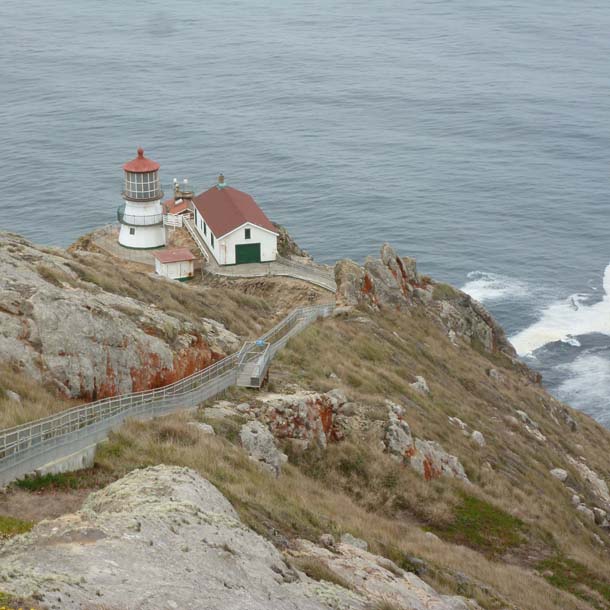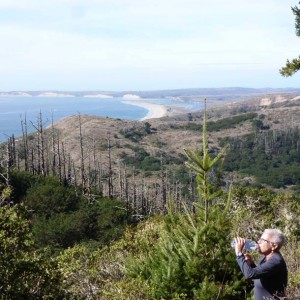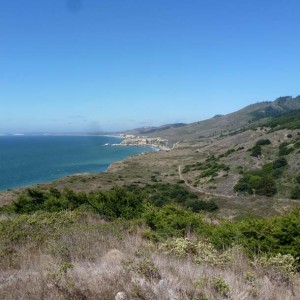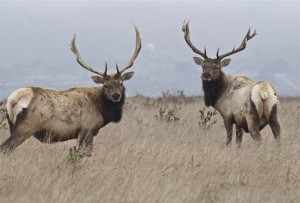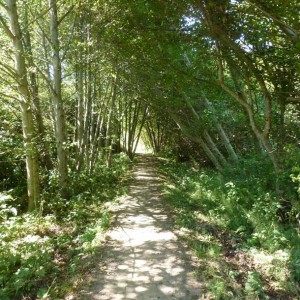This is part of a year-long effort to hike every trail at Point Reyes National Seashore, which turned 50 in 2012. Learn more.
Some people spend their time just runnin’ round in circles Always chasing some exotic bird I prefer to spend some time just listening for that special something That I’ve never ever heard . . .
—Van Morrison, “You make me feel so free.”
The Outer Point Reyes Peninsula is a Mecca for both birds and birdwatchers during autumn migration. The month of September is the peak of songbird passage and when conditions are right—lack of strong northwest winds, night sky obscured by high overcast—migrant landbirds “fall out” on the outer point. The islands of Monterey cypresses that were planted as windbreaks around the historic settlements attract migrating songbirds (“passerines”), providing cover and refueling opportunities. And birdwatchers are highly attuned to the ideal conditions that will help them find species that are rare in California. The rarest of these are considered “vagrants,” birds off course from their normal migratory routes.
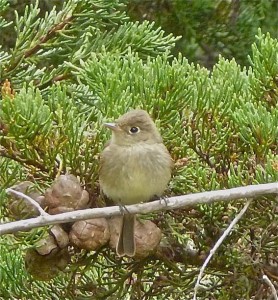
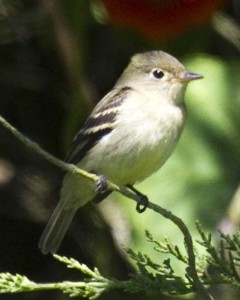
Several trails lead past these birding hotspots. The short trail to the Lighthouse (check it out on our Trailfinder!) passes a wind-sculpted row of cypress that have historically attracted vagrants and provided a challenge to even the most experienced birdwatcher. It requires dogged patience and keen attention to see and identify tiny warblers, vireos, and flycatchers backlit against the gray sky as they flit and flutter through the tangle of branches. When no birds are present, other natural phenomena catch the eye. Especially fetching is the exposed geology here, known as “Point Reyes conglomerate,” and the life it supports.
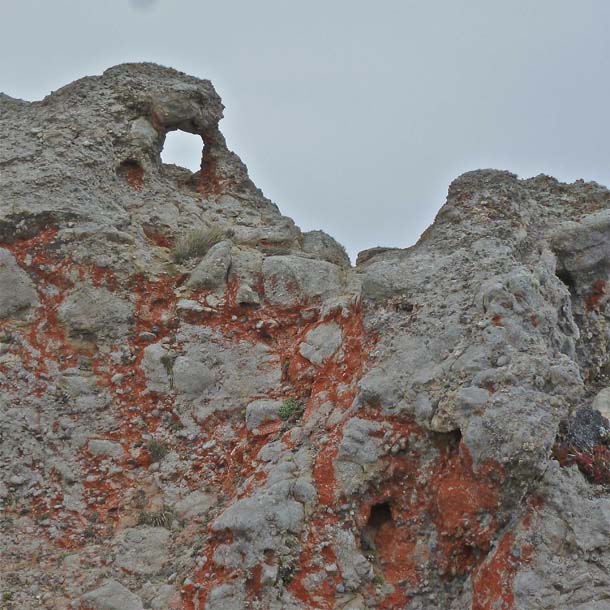
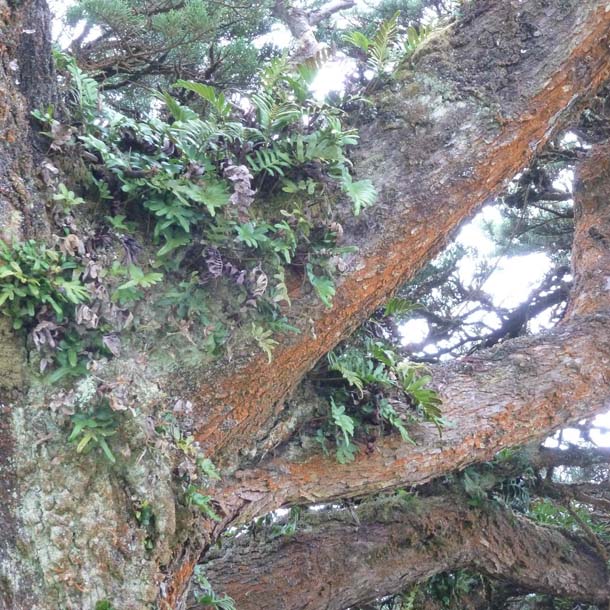
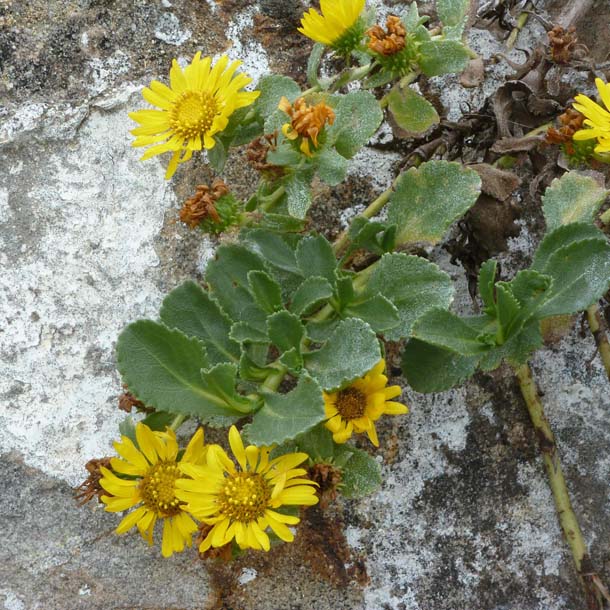
Another easy trail to Chimney Rock (0.9 miles each way, also on our Trailfinder) at the southern end of the point passes a large grove of cypress that surrounds an old Coast Guard residence perched above the “Fish Docks.” Located on the leeward side of the peninsula, this island of vegetation is one of the most productive vagrant traps on the point. Most of the rare species of small passerines found this fall were in these trees (see list, below).
Even though migration offers the opportunity for surprise, these trees support interesting resident species year-round.
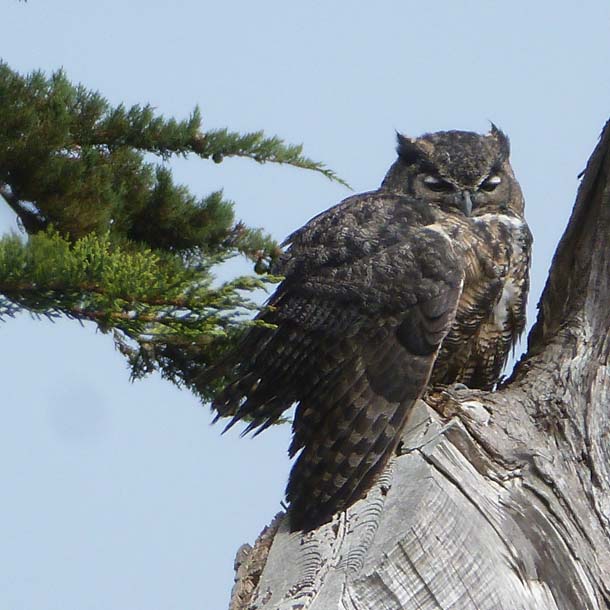
Farther along, the trail crosses a narrow swath of coastal prairie grassland before ending at the headlands above Chimney Rock. Although few wildflowers are blooming in fall, this is a premier spring wildflower hike, especially near the outermost headlands. Marine mammals and seabirds are likely anytime of year and often a Peregrine Falcon will be roosted on the sea stack known as Chimney Rock. This spot is also one of the best places on the peninsula to see nesting seabirds—common murres, pigeon guillemots, pelagic cormorants, and occasionally tufted puffins—in late spring and early summer months.
A short trail from the Chimney Rock parking lot to the “Elephant Seal Overlook” (0.2 miles each way) affords distant but reliable looks at the elephant seal colony that hangs out on the inaccessible beach below the Drakes Bay cliffs. The guttural, flatulent sounds of the “e-seals” will greet you before you arrive at the overlook and actually see these behemoths of the beach. Hear here:
First the males: http://www.parks.ca.gov/pages/523/files/twomales.wav
Then the females: http://www.parks.ca.gov/pages/523/files/harem.wav
Although unmelodic to human ears, these vocalizations are important recognition signals between individuals, especially between mother and pup.
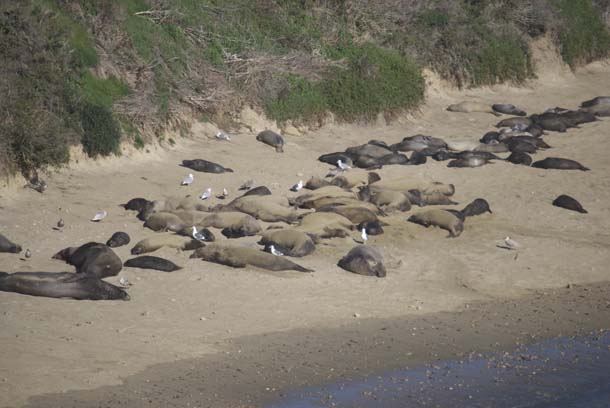
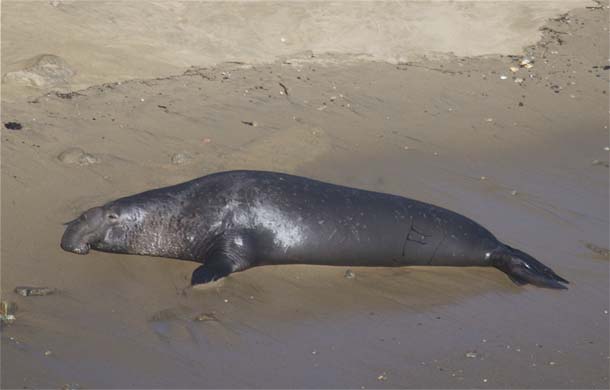
Since recolonizing Point Reyes in 1981 after more than a century’s absence, the population has grown impressively. In 2012, 330 pups were weaned in the Drake’s Bay colony alone. Like tule elk and old school Mormons, elephant seals practice polygyny, a mating strategy that allows the largest dominant males to attract harems and excludes the smaller and younger males. But by September, the adult males have left their harems on the beach and ventured far offshore where they’ll spend the summer and autumn months foraging at depth before returning to battle for their sister wives. The natural history, and the remarkable recovery of a species that was thought extinct a century ago, is too complex for this posting, but is thoroughly covered in two of the U.C. Press California Natural History Guides:
http://www.ucpress.edu/book.php?isbn=9780520265455
http://www.ucpress.edu/book.php?isbn=9780520254671
As we walk back from the overlook, a critter of an entirely different scale is crossing the path, the familiar banded woollybear searching (migrating if you will) for a protected place to overwinter. Another reminder that the autumnal equinox has passed, the days are getting shorter, and the life histories of all animals are tuned into the changing season.
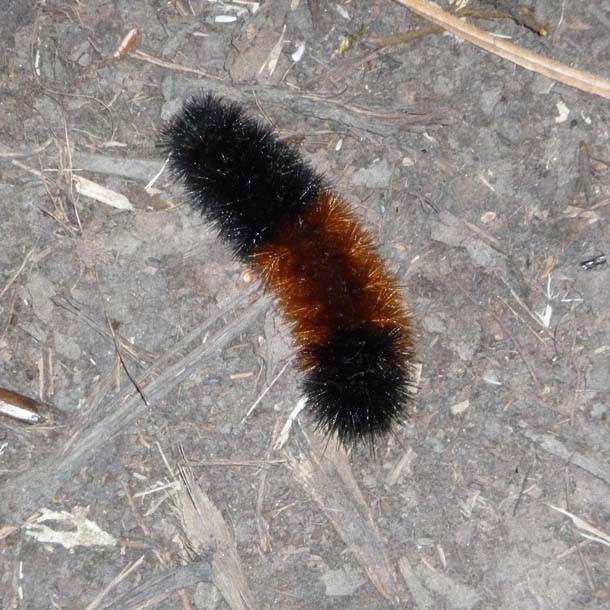
Trail notes: Each of these three trails—Lighthouse, Chimney Rock, and the Elephant Seal Overlook—is an easy stroll for anyone who can walk a mile or two. Most challenging are the 400 or so stairs leading to the lighthouse, especially on the return trip uphill. In addition to these three trails, there are several overlooks between Chimney Rock and the Lighthouse that afford stunning views of the outermost headlands, the rocky shore, and the vast Pacific.
List of unusual and rare birds reported from the Outer Point, September 2012
American Redstart
Baird’s Sandpiper
Blackburnian Warbler
Blackpoll Warbler
Black-and-white Warbler
Black-throated-blue Warbler
Bobolink
Broad-winged Hawk
Buff-breasted Sandpiper
Chestnut-sided Warbler
Clay-colored Sparrow
Connecticut Warbler
Eastern Kingbird
Eastern Phoebe
Harlequin Duck
Lark Bunting
MacGilliivray’s Warbler
Magnolia Warbler
Nashville Warbler
Orchard Oriole
Ovenbird
Palm Warbler
Pacific Golden-Plover
Pectoral Sandpiper
Rose-breasted Grosbeak
Tennessee Warbler
Tropical Kingbird
White-winged Dove
Willow Flycatcher
Yellow-belied Flycatcher
Yellow-headed Blackbird

